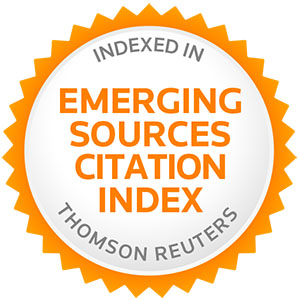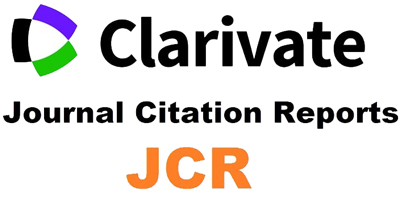Advances in Distributed Computing and Artificial Intelligence Journal
The Effect of Training Data Selection on Face Recognition in Surveillance Application
The Effect of Training Data Selection on Face Recognition in Surveillance Application
Authors:
Jamal Ahmad DARGHAM, Ali CHEKIMA, Ervin Gubin MOUNG, Sigeru OMATU
DOI:
http://dx.doi.org/10.14201/ADCAIJ2014345867
Volume:
Regular Issue 3 (4), 2014
Face recognition is an important biometric method because of its potential applications in many fields, such as access control and surveillance. In surveillance applications, the distance between the subject and the camera is changing. Thus, in this paper, the effect of the distance between the subject and the camera, distance class, the effect of the number of images per class, and also the effect of session used to acquire the images have been investigated. Three sessions are used to acquire the images in the database. The images in each session were equally divided into three distance classes: CLOSE, MEDIUM, and FAR, according to the distance of the subject from the camera. It was found that using images from the MEDIUM class for training gives better performance than using either the FAR or the CLOSE class. In addition, it was also found that using one image from each class for training gives the same recognition performance as using three images from the MEDIUM class for training. It was also found that as the number of images per class increases, the recognition performance also increases. Lastly, it was found that by using one image per class from all the available database sessions gives the best recognition performance.
Anlai Sun, Wei Hu, Ying Xiong, Jian Li, QingE Wu, 2014. A hierarchical target recognition method based on image processing. Artificial Intelligence Research, Vol. 3, No. 3.
Davis, M, Stefan Popov, Cristina Surlea, 2010. Real-Time Face Recognition from Surveillance Video.Studies in Computational Intelligence Vol.332.Pages 155-194.
Jillela, R.R., Ross, A.,2009.Adaptive frame selection for improved face recognition in low-resolution videos.Neural Networks, IJCNN.Pages 1439-1445.
Kamgar-Parsi, B., Lawson, W., Kamgar-Parsi, B., 2011.Toward Development of a Face Recognition System for Watchlist Surveillance.Pattern Analysis and Machine Intelligence, IEEE Transactions. Vol.33. Pages 1925 - 1937.
National ICT Australia Limited, 2014.http://arma.sourceforge.net/chokepoint/.
Vera-Rodriguez, R., J. Fierrez, P. Tome, J. Ortega-Garcia, 2010. Face Recognition at a Distance: Scenario Analysis and Applications. Advances in Intelligent and Soft Computing, Vol.79. Pages 341-348.
Wiliem, Arnold and Madasu, Vamsi Krishna and Boles, WageehW. and Yarlagadda, Prasad K.D.V, 2007. A feature based face recognition technique using Zernike moments. Proceedings RNSA Security Technology Conference. Pages 341-355.
Yoo, S., Park, R. and Sim, D., 2007.Investigation of Color Spaces for Face Recognition.In Proceedings of Machine Vision Application.Pages 106-109.
YuxiPeng, 2011. Face Recognition at a Distance: a study of super resolution. Master thesis, University of Twente.
Zhao, W., Chellappa, R., Phillips, P. J., Rosenfeld, A., 2003 Face recognition: A literature survey.ACM Computing Surveys (CSUR), Vol.35, Issue 4. Pages 399-458.
















